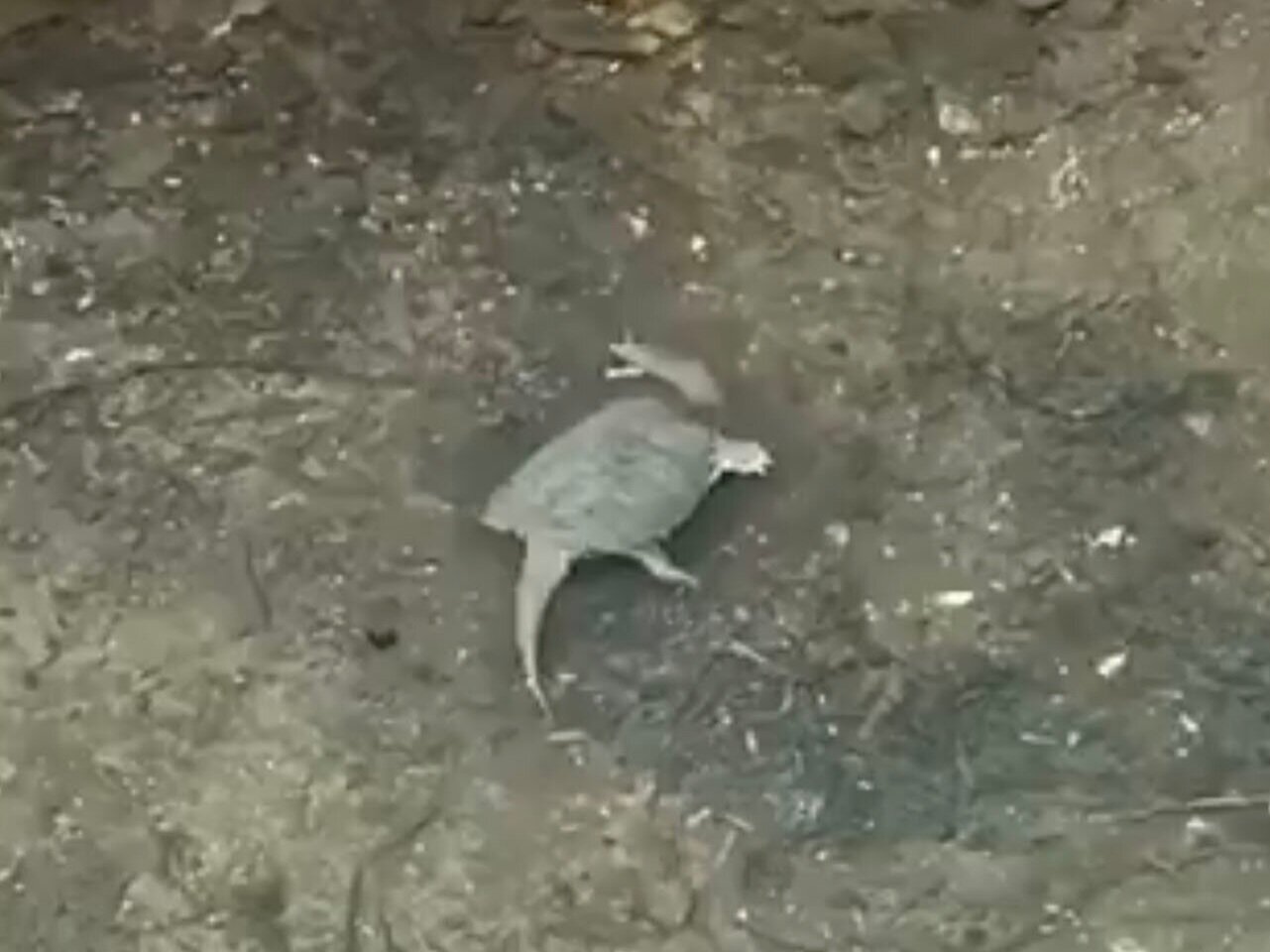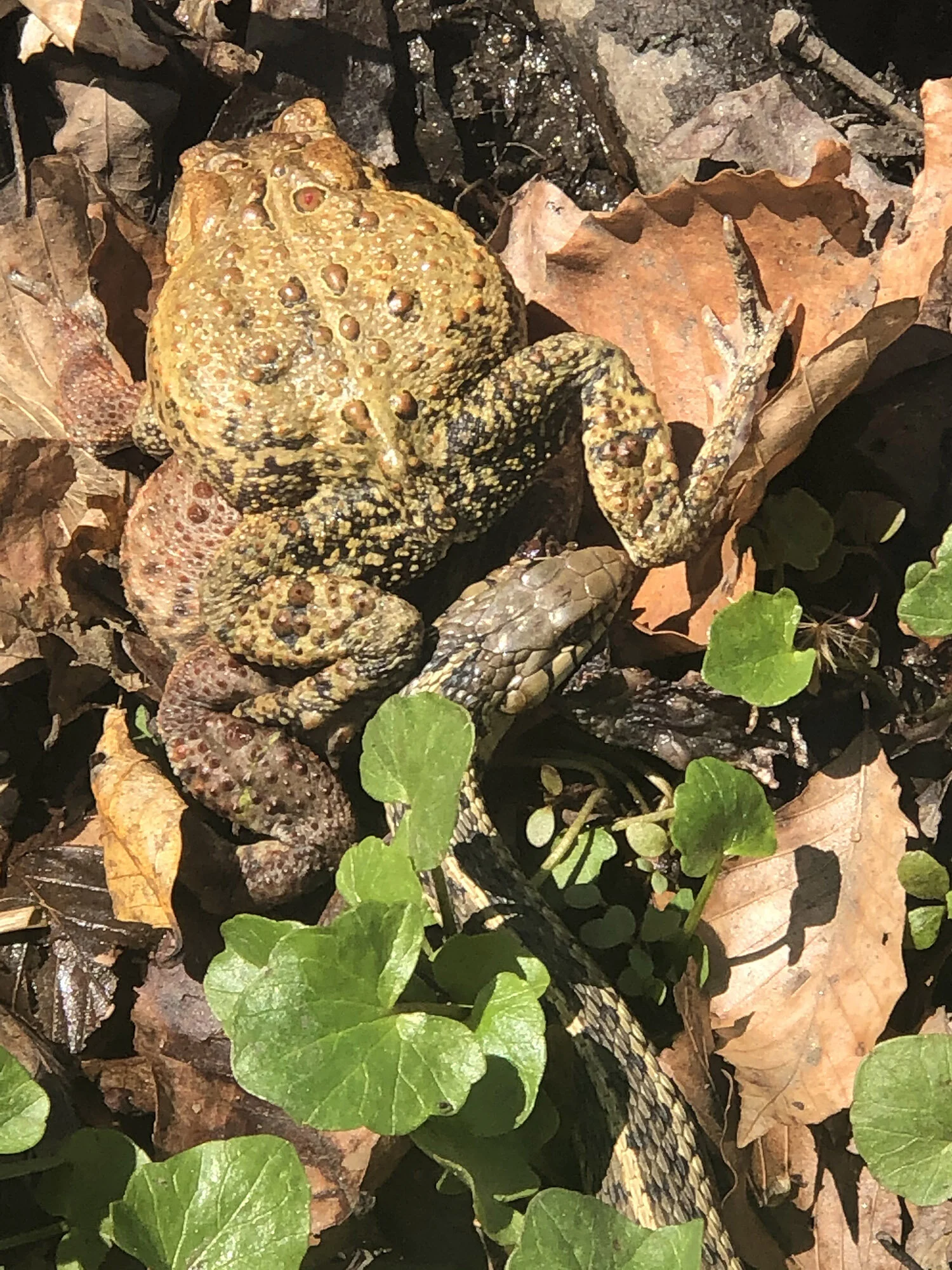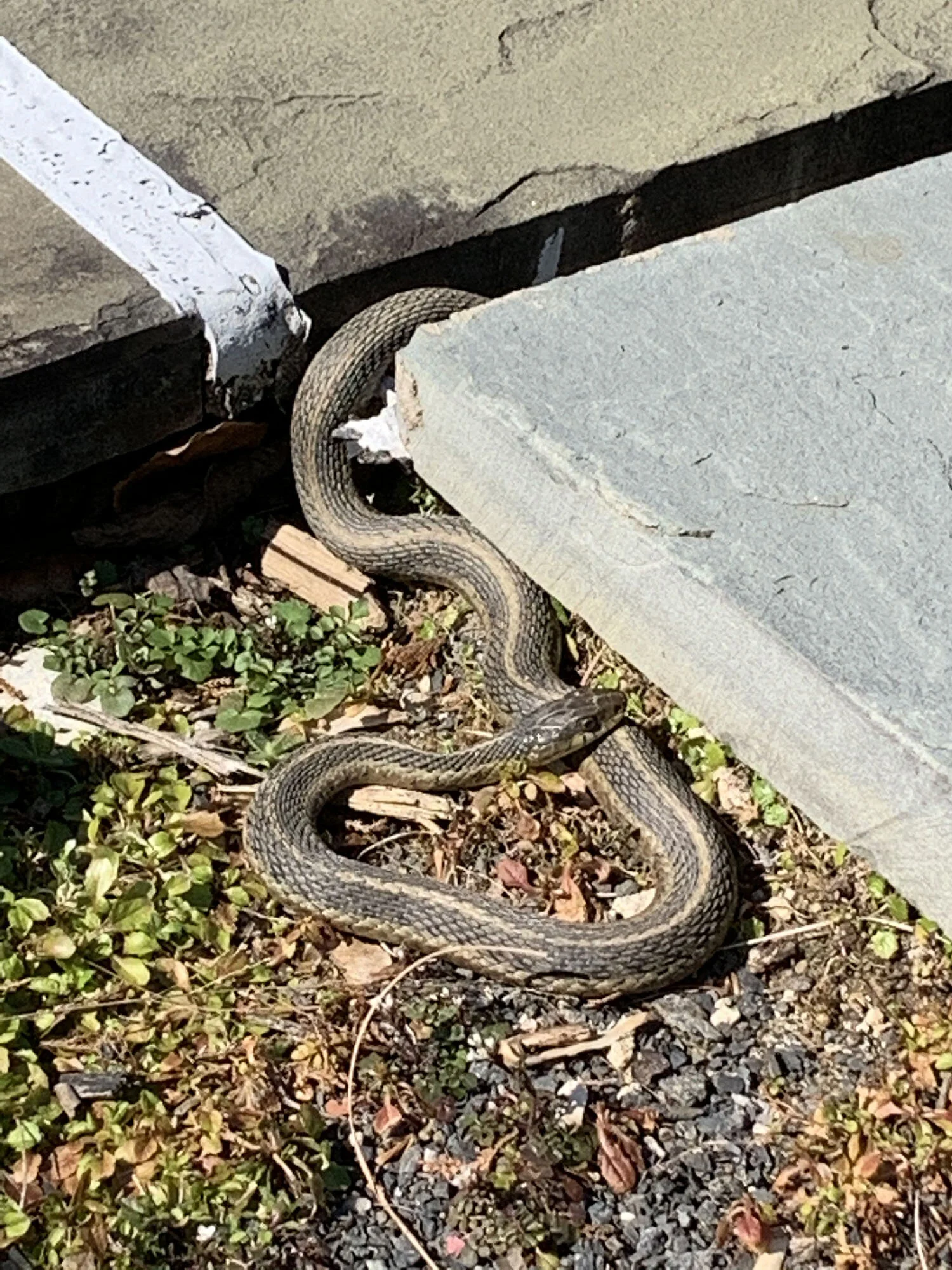Swarthmorean contributor Robert Scott lists every species mentioned in this column in 2020, and reports on sightings of a special red-tailed hawk.
All in Wildlife
Wildlife Observations: October 30, 2020
Deprived of access to my most fertile observation grounds — the Crum Woods (curse you, COVID!) – I have recently rediscovered the Taylor Arboretum, in the very southwest corner of Nether Providence Township. Taylor Arboretum consists of 30 acres bounded on one side by Ridley Creek and containing a nice mix of habitats – woods, meadow, creek, and wetlands. Its many native plants, including meadows full of goldenrod and several patches of pawpaw trees currently bearing fruit, attract wildlife.
Wildlife Observations: Light Migration
I look forward to fall for the chance to watch the southbound migration of warblers leaving the boreal forests of Canada for Central and South America. Certain patterns are evident. The American redstarts and black-and-white warblers are generally the first to come through, often starting in mid-August, and yellow-rumped warblers close out the migration season in late fall.
Wildlife Observations: Summer Doldrums
This column last ran on July 3, under the headline “Solstice Stillness” and bemoaned the relative lack of wildlife activity — or at least any observations beyond the usual suspects (robins, gray squirrels, sparrows, etc.) during the hot months. The reduced number of observation submissions to the Swarthmorean in July bore this out. But over the last week, two submissions arrived with first-time critter sightings: a snapping turtle and an American eel! Let’s hope this marks a continuing upturn as we slowly but surely approach the fall migration.
Wildlife Observations: Solstice Stillness
The pull of the sun, magnetic fields, and prevailing winds have done their jobs. Migration is done, the young have left or are about to leave the nest/den/burrow, and the pull of the reverse migration has not yet been felt. Most creatures are taking a short vacation.
Wildlife Observations: June 5, 2020
So many readers submitted observations and photos of wildlife in the past two weeks that I can’t include them all here. This article will focus on observations made from people’s own residences.
Wildlife Observations: May 22, 2020
Anthony Addison continues to see fox kits on the 300 block of Cornell Avenue in the early morning, and he submitted a totes adorbs photo of two of them frolicking. He believes there are five kits in the litter.
Wildlife Observations: May 1, 2020
Best bird photo of the month goes to Fred Tinter of Swarthmore for a photo of an eastern screech owl (red morph) which settled into the owl box he recently installed. “About two weeks ago, I put up an owl box in hopes that we might have a screech owl move in next year. Today, we were surprised to see that I was very far off in that estimate.”
Wildlife Observations: April 17, 2020
In my last column,“Herp Alert,” I mentioned two snakes in the act of mating that were undeterred by my approach, fleeing into the creek, still conjoined in flagrante. Continuing that theme, Lily Scott of Swarthmore submitted a photograph of two American toads doing the dance with no pants, making the beast with two backs, or whatever your euphemism of choice may be.
Wildlife Observations: April 3, 2020
March 8 seemed to mark the official wake-from-hibernation day for reptiles and amphibians, as Greg Hoy and Marie Koethe, both of Swarthmore, submitted photographs of an eastern ribbon snake and three wood frogs, respectively. Marie reports that her frogs had already deposited egg sacs!
Wildlife Observations: March 6, 2020
Have you noticed the morning birdsong? My favorite is the “cheeseburger-cheeseburger-cheeseburger-cheese” call of the Carolina wren, which has been audible for a month now. While I enjoy waking up to the sound, early February is unseasonably early to hear it.
Wildlife Observations: February 7, 2020
Peg Christiansen submitted two photographs, taken by Lisa D’Antonio, of foxes visiting the now closed Strath Haven Condo pool. Peg wrote: “Guess they did not know: (1) it is closed for the winter, (2) you need to be a resident to use it, and (3) you need a pool pass.”
Wildlife Observations: January 24, 2020
December saw a dearth of submissions, but in the past fortnight, a plethora of reports poured in. Anthony Addison saw this full-coated red fox in its winter colors in his yard on Cornell Avenue in Swarthmore.
Wildlife Observations: January 10, 2020
Marc Williamson submitted a photograph of a previously unreported species: a group of black vultures, not the usual garden-variety turkey vultures, dining on a road-killed squirrel.
Wildlife Observations: December 20, 2019
Thanks to readers for heeding the call in last week’s article to keep the submissions coming. While observations may decrease at this time of year, species like the hooded merganser and brown creeper are only resident in this area in winter. So keep looking — the seasonal variation is part of what keeps it interesting.
Wildlife Observations: December 13, 2019
In these past three weeks, observations have been sparse — a few surprising herps, but mostly birds that migrate here in winter. I mistakenly predicted a few weeks ago that reptile observations had likely finished for the year, and then I saw a ribbon snake on a sunny 50° day in my yard.
Wildlife Sightings: November 1 - 13
Tom Hals submitted a photograph of a common garter snake coiled in a tree in the Crum Woods. He said that the snake appeared to be several feet long. While garter snakes tend to be smaller, they can grow as long as five feet, so this one must have some longevity.
Wildlife Sightings: October 18 - October 30, 2019
Louise Coffin submitted a photograph of a dreadful infestation of spotted lanternflies which she reported was “One swarm of many noted on a maple tree on Dartmouth Avenue.” If you see the flies (actually tree hoppers that can fly short distances) and/or their egg masses, try to bring yourself to smash them. Info on these invasive pests and the damage they do.
Wildlife Sightings: October 5 - October 17, 2019
Since the last report, the highlight of my outings has been an American toad observed on the trail at the Saul Wildlife Preserve in Rose Valley. On the migratory bird front: several black-throated blue warblers, a palm warbler, a red-eyed vireo seen at the Saul Wildlife Preserve and, on the trail between the Rose Valley Swim Club, a ruby-crowed kinglet. I also observed sharp-shinned hawks in my front yard and in the Crum Woods Meadow.
Wildlife Sightings: September 20 - October 4, 2019
Things should start to get interesting right about now. — “Mississippi,” by Bob Dylan




















